This content is restricted to subscribers
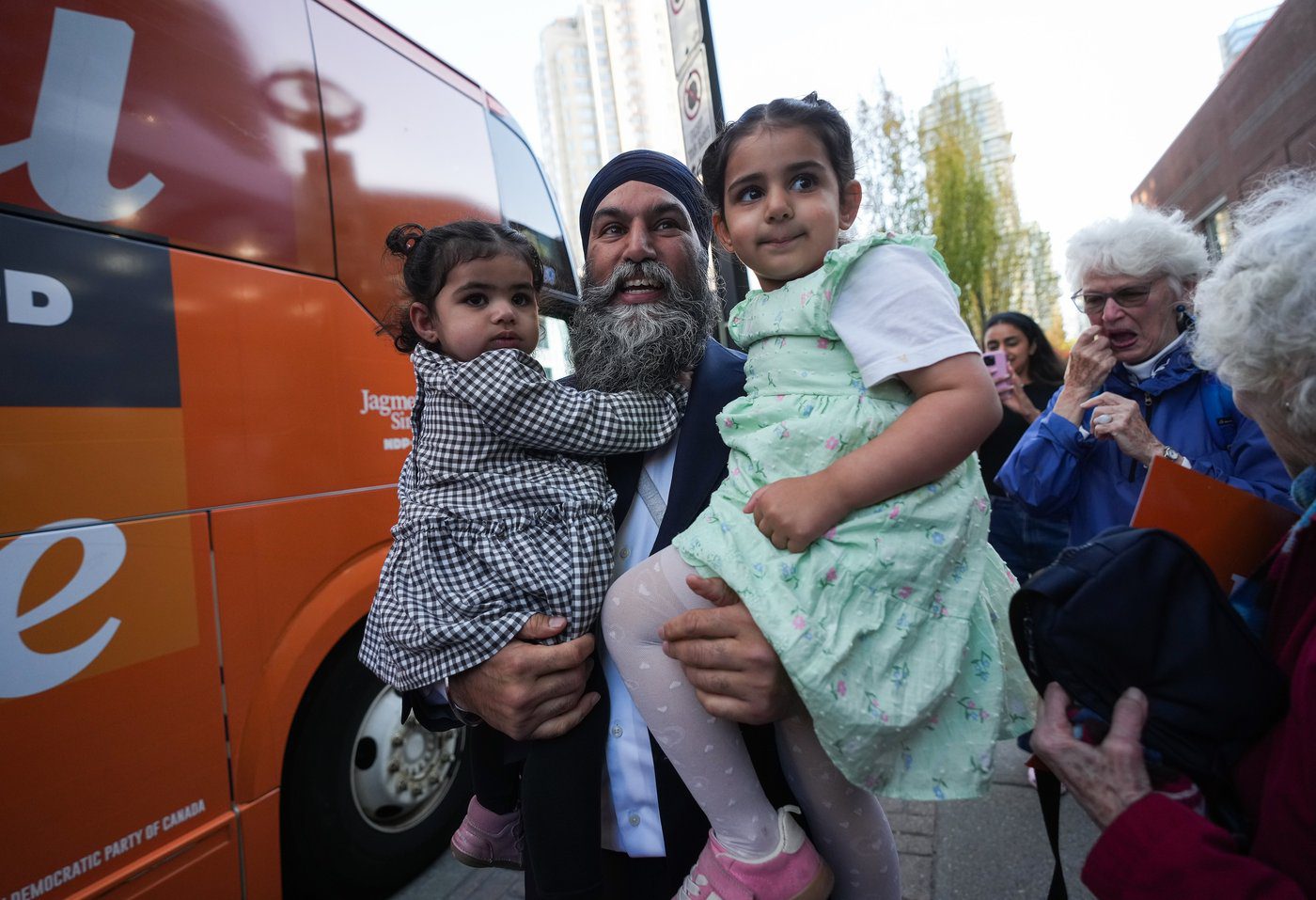
The views, opinions and positions expressed by columnists and contributors are the author’s alone. They do not inherently or expressly reflect the views, opinions and/or positions of our publication.

This content is restricted to subscribers
The views, opinions and positions expressed by columnists and contributors are the author’s alone. They do not inherently or expressly reflect the views, opinions and/or positions of our publication.
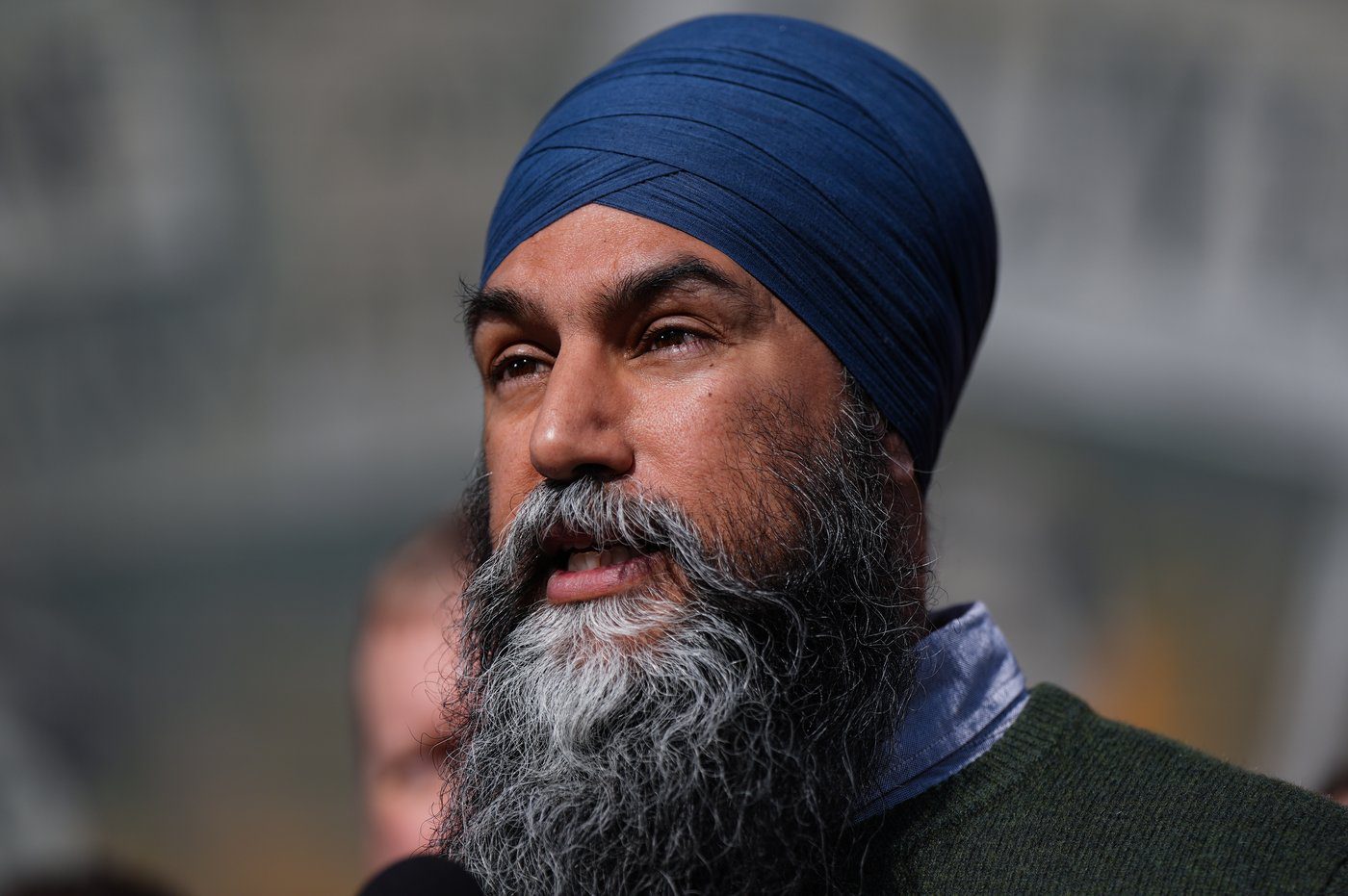
This content is restricted to subscribers
The views, opinions and positions expressed by columnists and contributors are the author’s alone. They do not inherently or expressly reflect the views, opinions and/or positions of our publication.
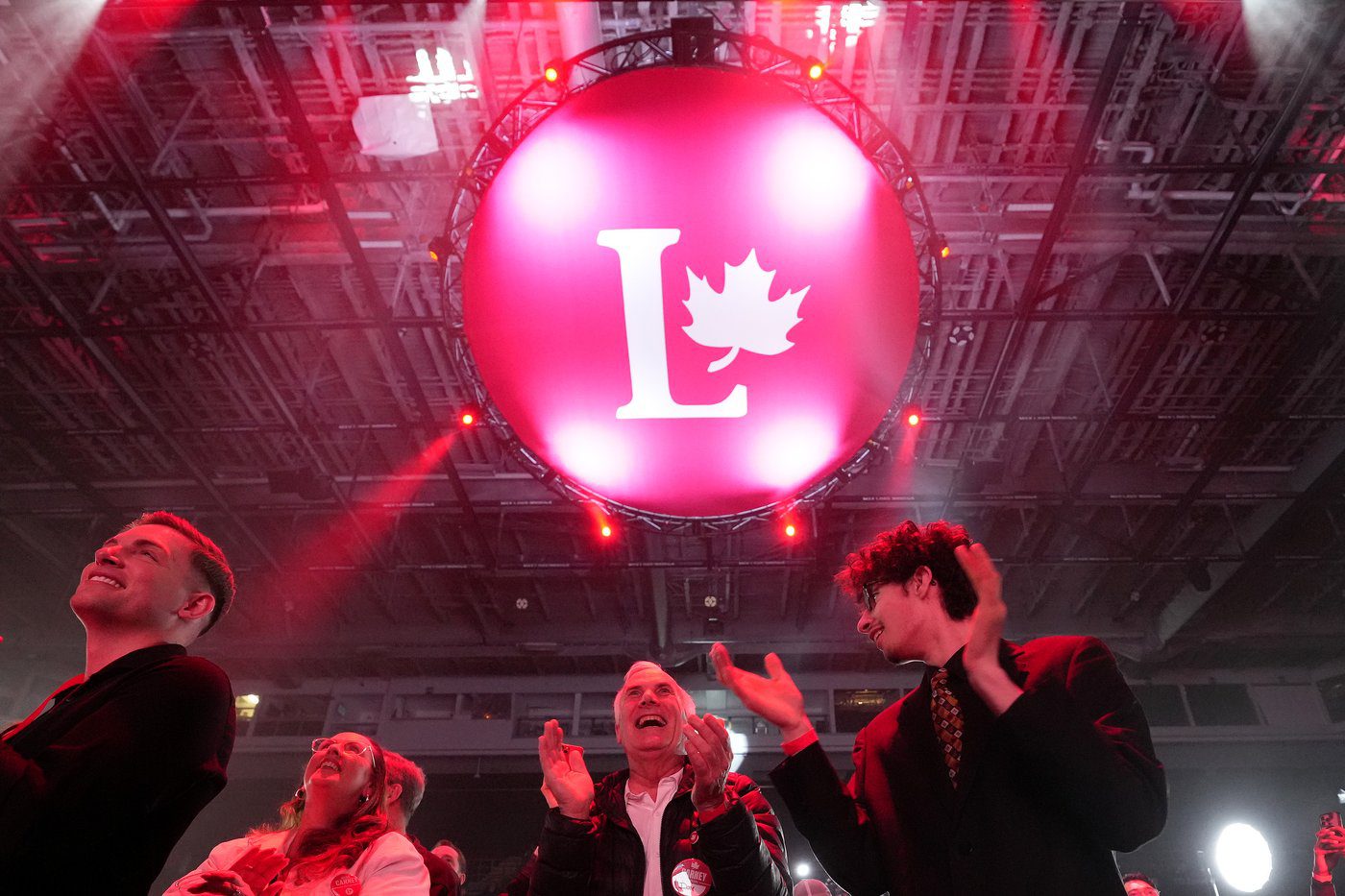
This content is restricted to subscribers
The views, opinions and positions expressed by columnists and contributors are the author’s alone. They do not inherently or expressly reflect the views, opinions and/or positions of our publication.
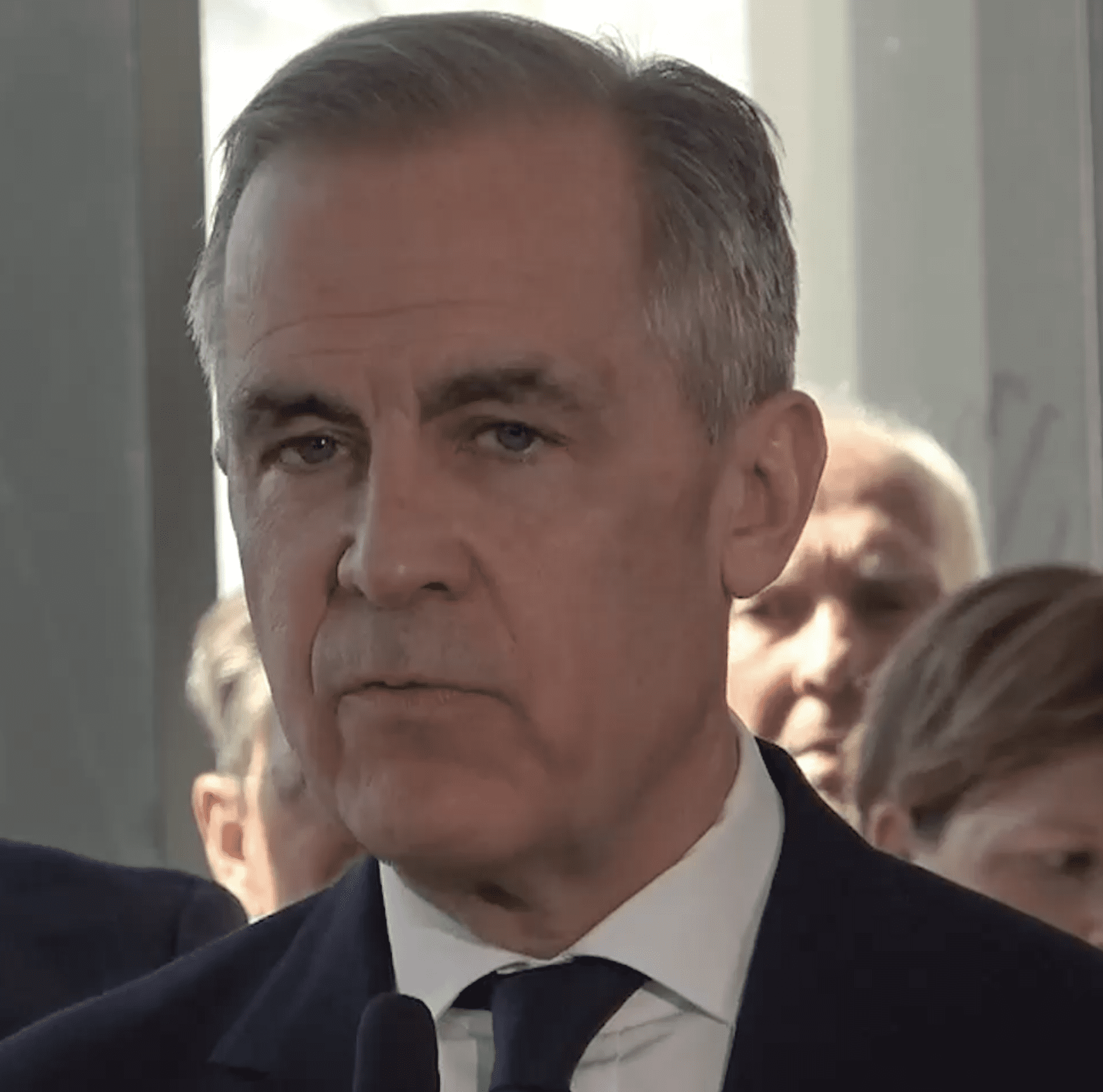
This content is restricted to subscribers
The views, opinions and positions expressed by columnists and contributors are the author’s alone. They do not inherently or expressly reflect the views, opinions and/or positions of our publication.
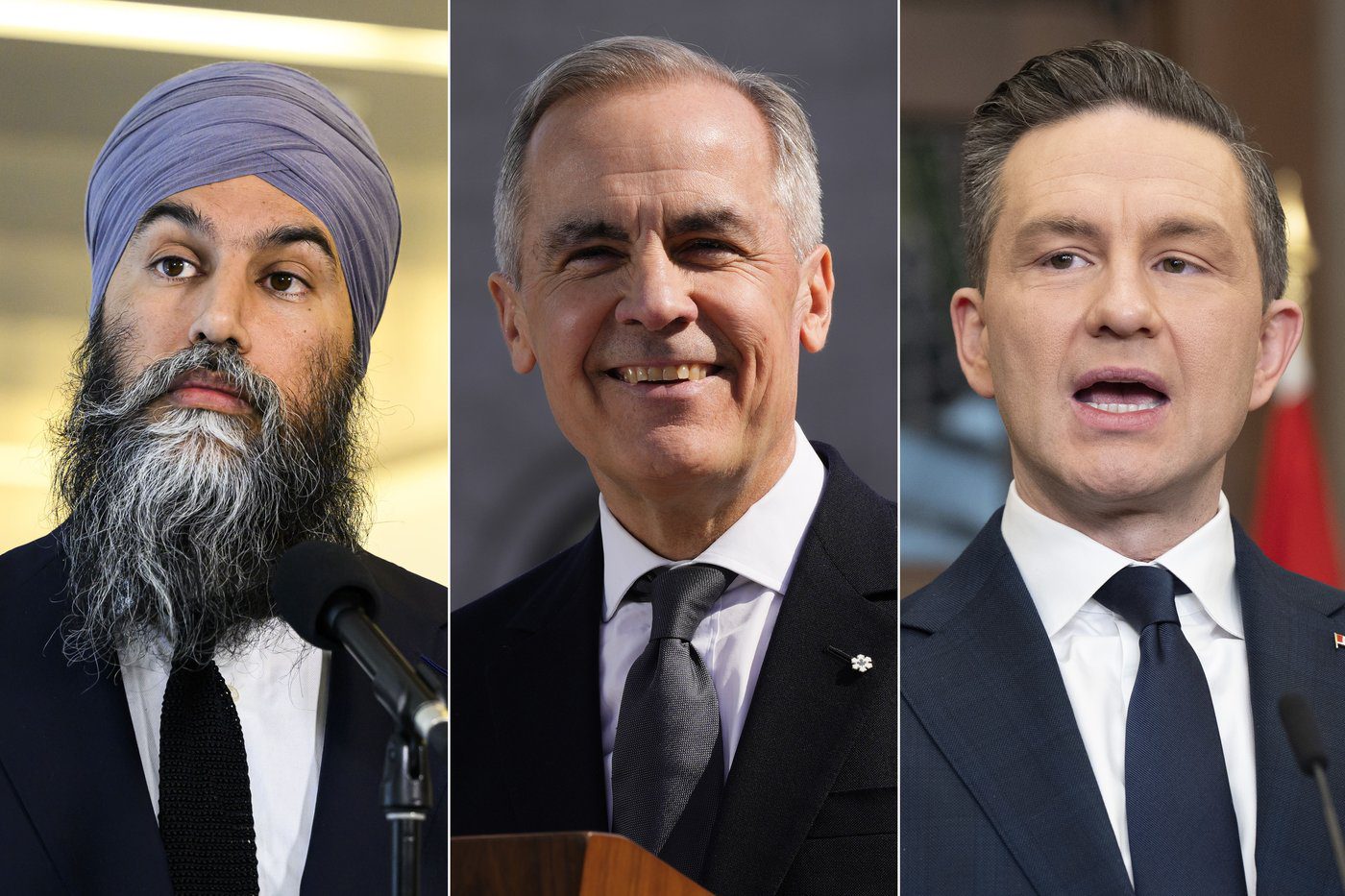
This content is restricted to subscribers
The views, opinions and positions expressed by columnists and contributors are the author’s alone. They do not inherently or expressly reflect the views, opinions and/or positions of our publication.
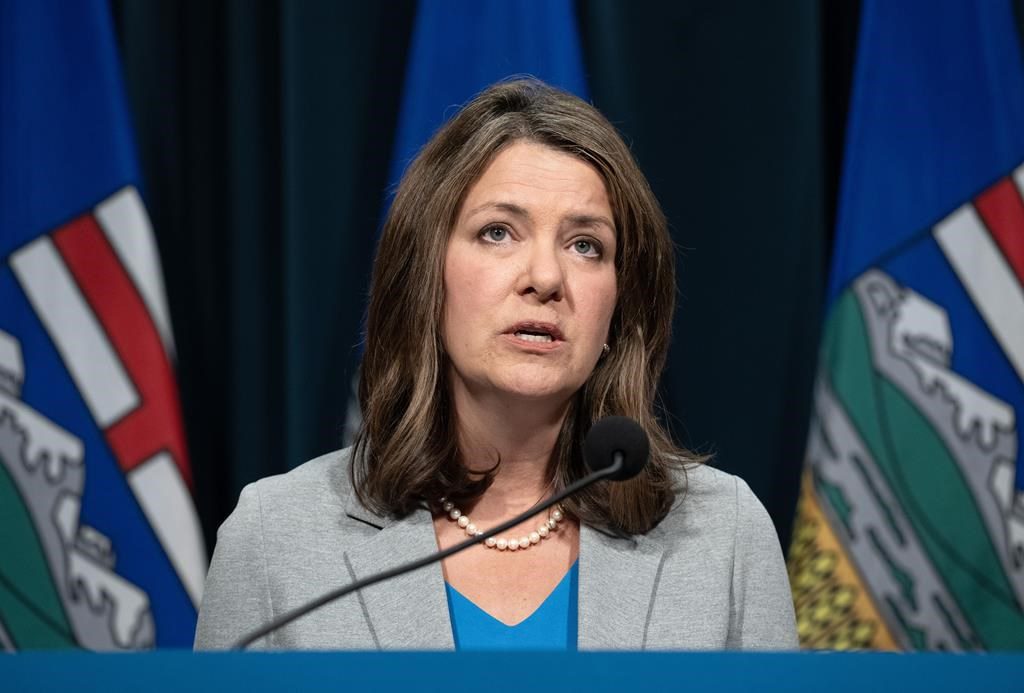
This content is restricted to subscribers
The views, opinions and positions expressed by columnists and contributors are the author’s alone. They do not inherently or expressly reflect the views, opinions and/or positions of our publication.

Recent federal polling might remind those with long political memories of the January 23, 2006 election, that first brought Stephen Harper’s Conservative Party of Canada to power in Ottawa.
To indulge briefly in a few too many numbers, take the January 22, 2023 update for the 338Canada opinion poll projections.
In a 338-seat Canadian House of Commons it gives Pierre Poilievre’s Conservatives 152 seats with 35% of the Canada-wide popular vote. The Trudeau Liberals are assigned 129 seats with 30% of the vote. (In the minor but still numerically important leagues the New Democrats are given 25 seats with 21%. And the Bloc Québécois has 30 with 7%.)
Going back almost exactly 17 years to the real-world Canadian federal election on January 23, 2006 (with a 308-seat House) the Harper Conservatives won 124 seats with 36% of the popular vote. The Liberals took 103 seats with 30%. (The New Democrats here won 29 seats with 18% and the Bloc 51 with 11%.)
In both cases — the real-world 2006 and the polling-based 2023 — Conservatives won the most seats, but not enough for a majority government.
In 2006 a bare majority was 155 seats (170 in 2023) : Stephen Harper’s party had only 124. And the consequences 17 years ago arguably haunt the prospects for a federal election in 2023.
The January 23, 2006 “snap election” became inevitable when Jack Layton’s New Democrats finally joined the Conservatives and the Bloc Québécois in seeking the end of Paul Martin’s Liberal minority government, in late November 2005.
Yet New Democrats could not be expected to keep a Stephen Harper Conservative minority government in office. (And in any case in 2006 Conservative and NDP seats combined were still not quite enough for even a bare majority.)
The Liberals could similarly hardly prop up a Conservative minority government. The reality of the House bequeathed by the Canadian people in late January 2006 inevitably pointed the Harper Conservatives towards Gilles Duceppe’s Bloc Québécois.
Prime Minister Stephen Harper, the consummate political strategist, may have been more prepared to work with M. Duceppe than some of his fellow Conservative MPs.
There was also nothing between Conservatives and Bloquistes in 2006 (or later) remotely like the formal supply and confidence agreement between Liberals and New Democrats in 2023.
Stephen Harper, however, did work with Gilles Duceppe after the 2006 election. The zenith of the resulting symbiosis arguably came on November 27, 2006, when the Canadian House of Commons voted on a motion advanced by Prime Minister Harper.
The motion read: “That this House recognize that the Québécois form a nation within a united Canada.” It passed by an overwhelming majority of 266 to 16.
Going back (or ahead) to the January 22, 2023 update for the 338Canada opinion poll projections, if a Canadian federal election were held today, the Conservatives would once again win the most seats but not enough for a majority government.
As back in 2006, neither Liberals nor New Democrats could realistically be expected to support a Poilievre Conservative minority government. Once again to remain in office any length of time the Conservatives would have to work with the Bloc (now led by Yves-François Blanchet).
What price, some might ask, would the Bloc demand this time? What further motion on the Québécois nation in a united Canada might loom in the Ottawa political air? And would this be a good thing? (As the November 2006 motion arguably enough was — and still is today!)
Questions of this sort may have lingered at the back of some minds during Pierre Poilievre’s recent Quebec tour.
As for Jagmeet Singh’s pulling the plug on the Justin Trudeau Liberals, as Jack Layton did in 2006, the New Democrats are at a healthy 21% of the popular vote in the latest 338Canada projection (compared with 18% in 2006). The March 2022 Liberal-NDP supply and confidence agreement is arguably working for the NDP.
Moreover, for the Canadian people at large the Liberals and New Democrats together, even on 338Canada’s latest Conservative friendly numbers, also have a 51% majority of the Canadian popular vote — as well as a majority of seats bequeathed by the latest 2021 federal election.
Diverse observers who do remember 2006 in Canadian federal politics might see several good reasons why it should not and in any case cannot quite be repeated (or even rhymed) in 2023.
The views, opinions and positions expressed by columnists and contributors are the author’s alone. They do not inherently or expressly reflect the views, opinions and/or positions of our publication.

Become a subscriber today!
Register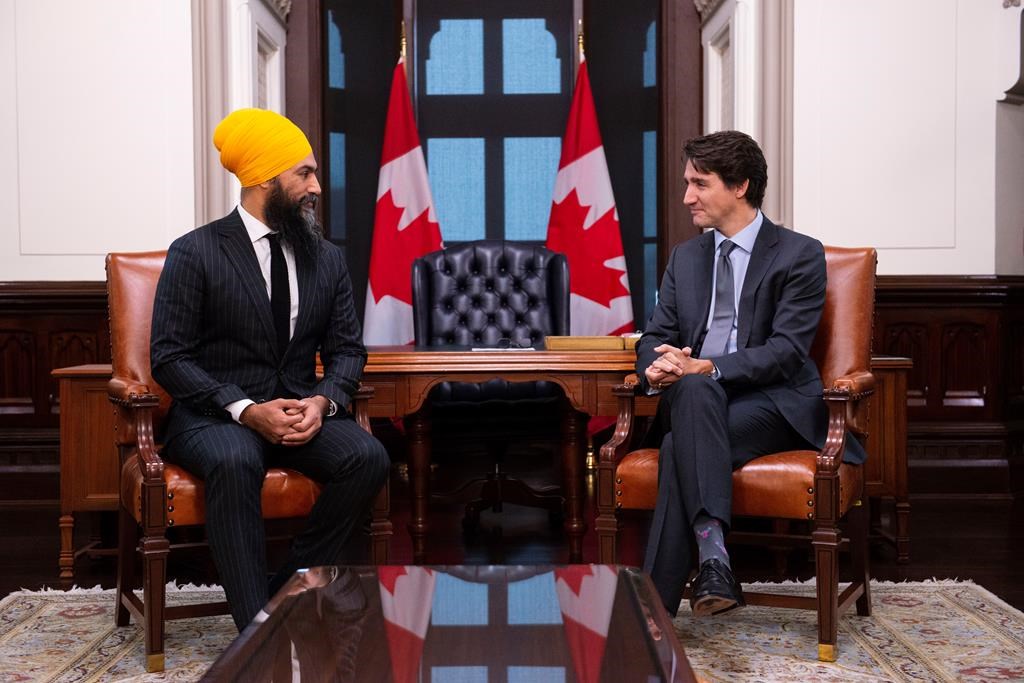
Justin Trudeau has been Canada’s 23rd Prime Minister since 2015. Contrary to popular belief that’s been widely propagated by Liberal supporters and spin doctors, he’s accomplished almost nothing in office.
Until Monday evening, that is. Trudeau earned an unusual political distinction that no other Canadian PM has ever achieved. He found a way to shift the most left-leaning government in our country’s history even further to the left.
How did he do this? By signing a three-year agreement with Jagmeet Singh and the NDP.
Delivering for Canadians Now, A Supply and Confidence Agreement details the working arrangement between the two parties that will run from March 22, 2022 until Parliament rises in June 2025. It’s not an official coalition, which means no New Democrat will have a seat at the cabinet table. Rather, the NDP “agrees to support the government on confidence and budgetary matters – notably on budgetary policy, budget implementation bills, estimates and supply” and the Liberals commit “to govern for the duration of the agreement.” Moreover, the NDP has agreed to “not move a vote of non-confidence, nor vote for a non-confidence motion during the term of the arrangement.”
As the agreement states in part, “The parties have identified key policy areas where there is a desire for a similar medium-term outcome. We have agreed to work together during the course of this Parliament to put the needs of Canadians first.”
Some of these key policy areas include: introducing a dental care plan for low-income Canadians, passing the Canada Pharmacare Act in late 2023, new affordable housing measures, initiating massive emissions reductions by 2030, introducing Just Transition legislation to help workers, unions and other communities, ensuring ten days of paid sick leave is in place this year, additional investments for Indigenous housing, a fairer tax system, and removing barriers to voting and participation.
Dental care and Pharmacare, which are part of the current NDP playbook, have been rooted in socialist thinking for decades. They’ve been previously rejected by most Canadian voters, and not just right-leaning ones, due to the enormous costs and inefficiencies these state-run plans will undoubtedly incur. With the Liberal-NDP agreement in place, a proper debate in Parliament won’t happen and these policies will easily pass in a minority Parliament operating like a majority government is in charge.
Canada will also witness massive increases to the size of government, rate of taxation and role of the nanny-state. Any hope for a return to small government, low taxes and more individual rights and freedoms by voting out the minority Liberals has fizzled out in one fell swoop. If you thought things were bad under Trudeau for nearly seven years – and it’s been bloody awful – you ain’t seen nothing yet.
The Liberals and NDP are both declaring victory with the signing of this agreement. That’s predictable, but here’s the thing. Only one of them has the right to do so, and it’s not the junior partner in this arrangement.
Singh naively believes Canadians will give his party full credit for bringing in programs like public dental care and Pharmacare, if they’re successful. Not a chance. Most people barely remember what they had for breakfast a couple of days ago, let alone the specific party that proposed certain policies. If these social programs (and others) achieve what Trudeau hopes they’ll ultimately achieve, he’ll take all the credit – and the voters will reward his Liberals for introducing these policies.
Here’s a historical example to prove my point.
The Canadian Broadcasting Corporation exists in Canada due to the efforts of Prime Minister R.B. Bennett and the Progressive Conservatives. They launched the state-owned Canadian Radio Broadcasting Commission, the CBC’s predecessor, in 1932. Without it, our public broadcaster may never have come to fruition – or could have ended up looking very different than it does today.
How many Canadians know this? Other than a smattering of historians and political junkies, the numbers are relatively small. Most Canadians would likely (and incorrectly) assume the Liberals and NDP had something to do with it, since they vigorously defend the CBC. Today’s Conservatives largely believe in either reducing funding for the public broadcaster, or defunding them altogether. So, their historical role has either been forgotten, ignored or usurped by parties that had nothing to do with the CBC’s creation.
That’s what will happen to Singh and the NDP.
Without any representation at the cabinet table, the NDP’s initiatives will be lost in the political wilderness. Singh’s memorable opposition to Trudeau’s three instances of blackface will become a tiny footnote in history. His party has seemingly accepted the fact that they’re irrelevant, can’t win federal elections on their own, and are more undeserving of representation in the House of Commons than ever before.
The NDP will be remembered for a couple of things. Protecting Trudeau, a weak, ineffective Prime Minister who has repeatedly embarrassed his country on the domestic and international stage. Propping up a Liberal Party that’s won the last two federal elections with minority governments and finished second in the popular vote both times, and giving them a safe political ride for the next three years.
Oh, and signing on to a misguided agreement that is, in the words of interim Conservative leader Candice Bergen, “little more than backdoor socialism.” Singh and Trudeau are probably both fine with this, truth be told.
Michael Taube, a long-time newspaper columnist and political commentator, was a speechwriter for former Canadian prime minister Stephen Harper.
The views, opinions and positions expressed by columnists and contributors are the author’s alone. They do not inherently or expressly reflect the views, opinions and/or positions of our publication.

Become a subscriber today!
Register